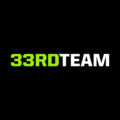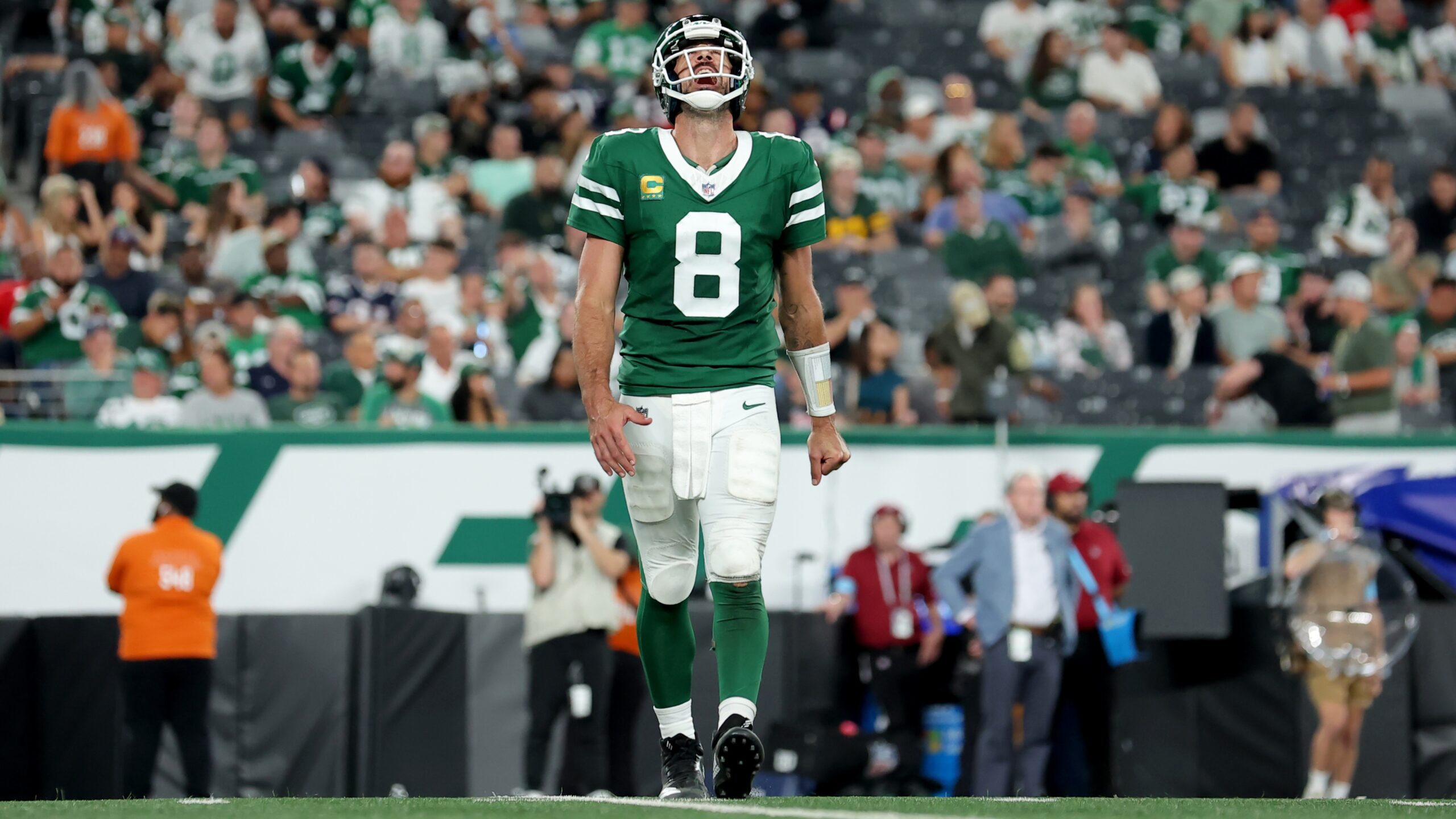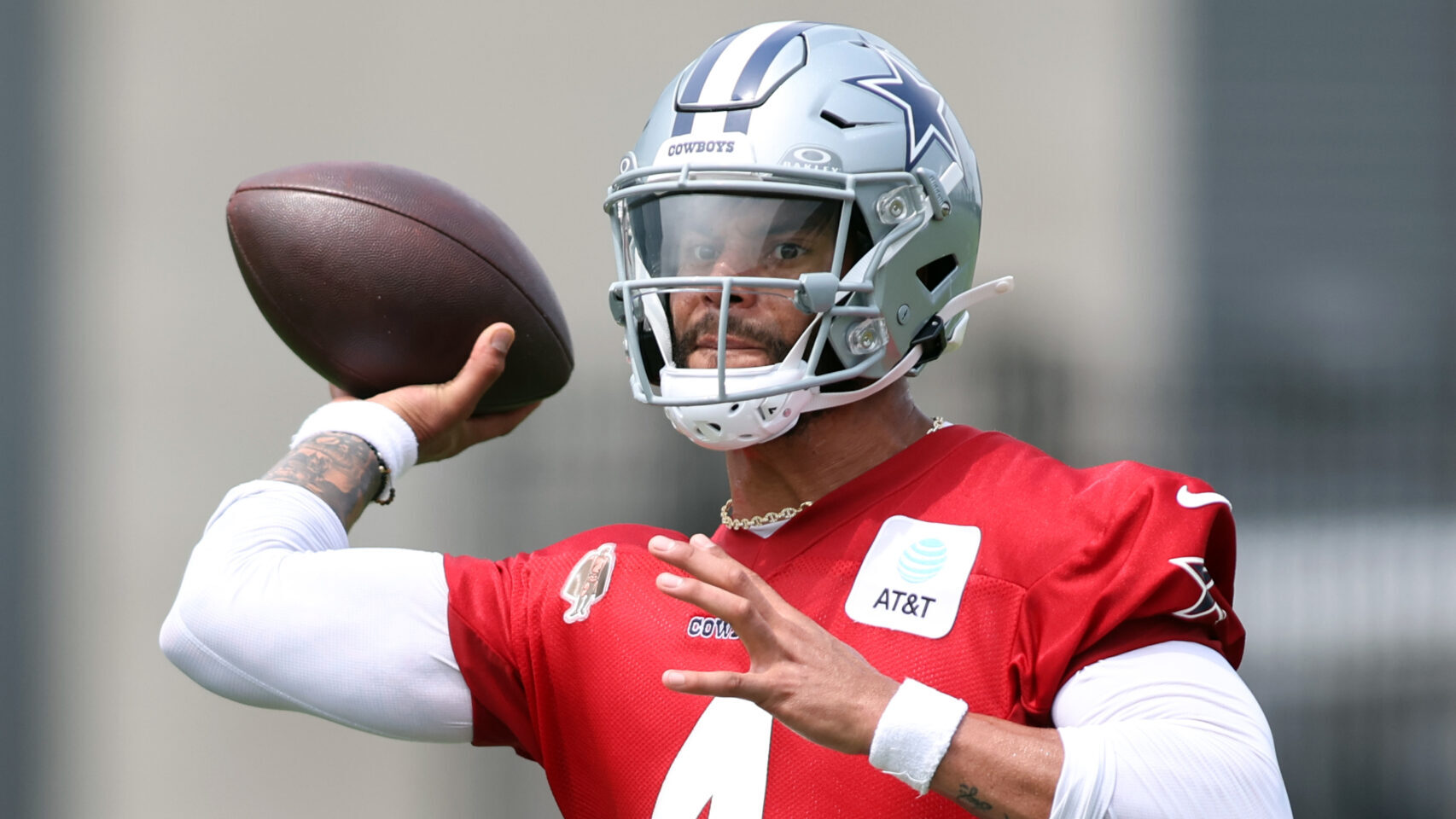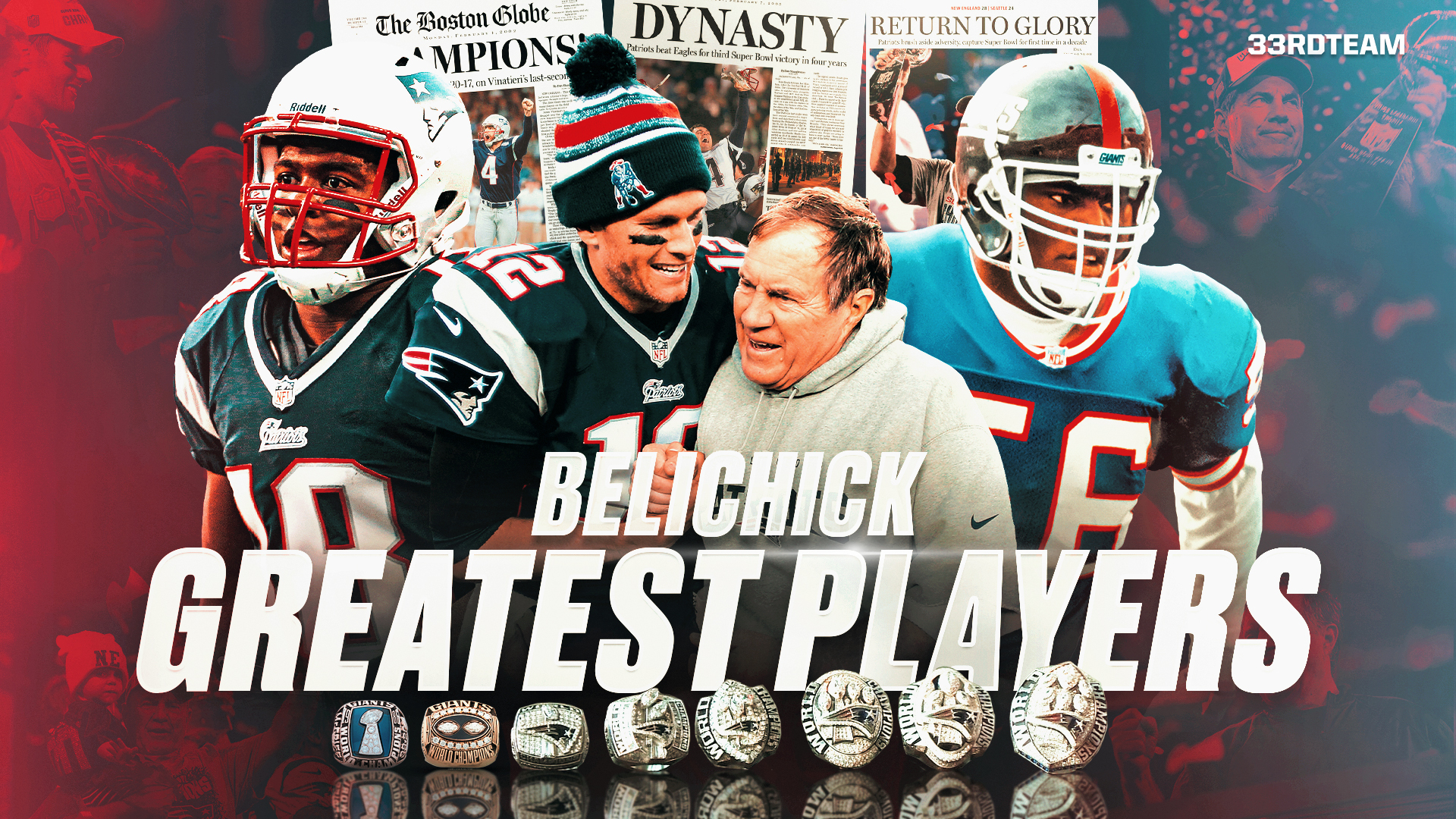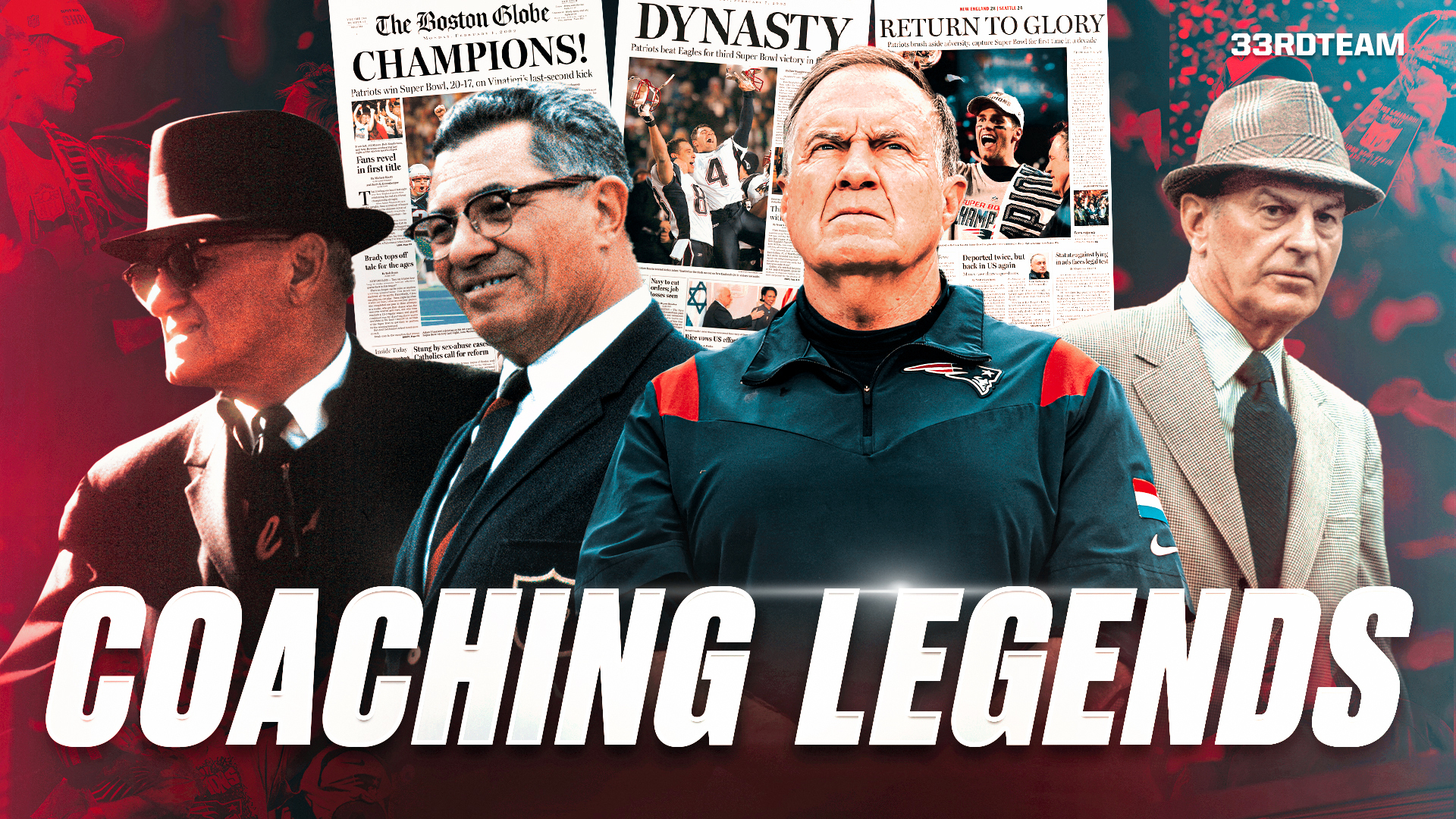Analysis
8/5/22
9 min read
Parcells: The Tom Landry Rule and Putting a Roster Together
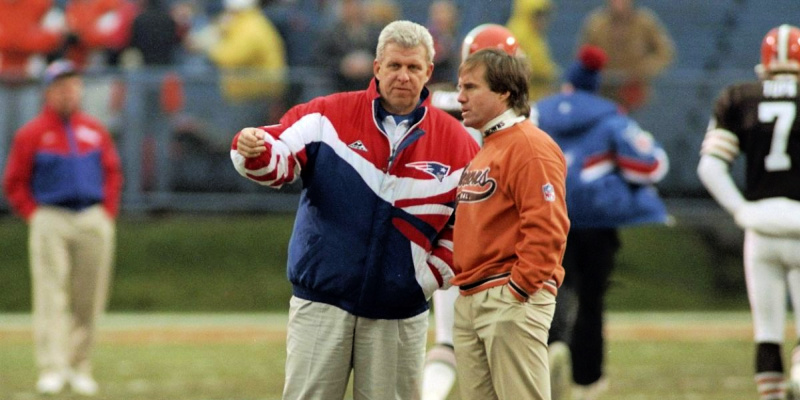
One of the things I learned at a young age was the Tom Landry Rule.
Even though he was in our division, Coach Landry had a little spot in his heart for the Giants because he had worked there as an assistant coach. Wellington Mara, the patriarch owner of the Giants, introduced me to him after my first year as his head coach. I don't know what Mr. Mara’s motive was, but I think he wanted me to just talk to Coach Landry.
We were at the Senior Bowl, and I asked Coach Landry if we could have lunch. He was very gracious, and I got to ask him a lot of questions. One of the main questions I asked was how he went about evaluating players. He said, “The first year, I try to give them the benefit of the doubt. In other words, if I’m seeing some progress and they kind of look like what the scouting said and what I’m kind of seeing on film study, I give them the benefit of the doubt. The second year, I have to see something. Third year, if I don’t see it, they’re out,” though you could probably know that by the tail end of the second year.
I think the Tom Landry Rule served me well. I had a really good defensive lineman named Leonard Marshall. When he first came to the Giants, he was way overweight. He was in bad condition and he really couldn’t do too much in training camp. But, by the end of the first year, he was doing a little bit better. By the second year, he was doing pretty well and after that he had a really good career.
READ MORE: Parcells on Telling Players HOW They're Being Evaluated
Setting the Roster
In setting the roster, I used to draw a baseline of 18 empty boxes for defense, 18 empty boxes for offense and three empty boxes for specialists, which for most teams are a kicker, punter and long-snapper.
On offense, three boxes were for tackles, three for guards, two for centers, two for tight ends, two for quarterbacks, two for running backs, one for a fullback (that would exist for some teams today, but it probably would be filled by another tight end) and three for wide receivers.
On defense (which I’m basing on a nickel 4-2-5, because that’s what 80 percent of the NFL uses today), I have three tackles, three ends, three inside linebackers, three corners, three field safeties (guys who can play well in the deep half but also a box safety), two nickel guys (the nickel has kind of replaced one of the linebackers) and I’m keeping one box for an additional end or linebacker.
As I go through the first three or four days of camp, I start filling those guys in. I tell all the veteran players this: “No matter how veteran you are, how many accolades you've won, at some point in time in the training camp, you still have to show me that you can still do this. You don’t have to prove it every day, but I still have to see it.” At the end of my career with the Giants, I had an older running back, Ottis Anderson, and telling him that kind of got him going. He ended up with a lot of extra years because he would come to camp ready to go.
Once, I had the 36 boxes on offense and defense filled, and the three specialists, that would leave me with 14 spots to fill to get to 53. Now I’m saying, “Who’s going to be that fourth defensive end? Who’s going to be that fourth offensive tackle?” As I start to see those players, I’m filling those boxes from 39 to 53.
Multi-Tool Specialists
Hopefully, by the end of camp, I have 53, but sometimes you don’t.
So, well before the end of camp—I’ll say at least two weeks—if I don’t have that, I’m meeting with my pro personnel department and I’m talking to the GM. And I’m saying, “Hey, we’re missing this here and we need to get our sniffers on the ground and see what we can do because right now I'm not seeing it.” Now, you might have enough football players to fill the 53, but if, for instance, you only have one player capable of playing center and you know you have to have two, that’s when you start calling attention to where the potential issues are.
One of the best trades I ever made with the Giants was in 1989 when I got Steve DeOssie from the Cowboys for a sixth-round pick. Steve was my best long-snapper, but he also played linebacker. Our center, Bart Oates, was a good long-snapper, but he just wasn’t quite as good as DeOssie. What that let me do was only keep two specialists, so on game day I could dress 43 position players and two specialists rather than 42 and three.
From that point on, I would never pencil in all three of the specialists because I was always on the lookout for someone like DeOssie. Sure enough, near the end of my coaching tenure with New England, I had a long-snapper named Mike Bartrum. He had a good career as a snapper, but he also was my third tight end. In addition, my second quarterback was Tom Tupa, who was also my punter. Scott Zolak was the third quarterback, so I was able to play with 44 position players and one specialist, the kicker. That might not sound like much, but when you’ve got 44 position players, that gives you depth and probably more quality on your special teams.
I was on the hunt for those guys, but I didn’t want to sacrifice quality with the specialists. I didn’t want a bad punter just because he could play another position. I had to have a quality punter, which Tom Tupa was.
Keeping Big Players Around
Another thing that I tried to do—and this was something I learned from Al Davis—was reserve the 52nd and 53rd spots for big players, either offensive or defensive linemen, that I didn’t want to put on waivers because I felt pretty certain that they’d get picked up. You just hate to lose big players because they’re harder to find. You can usually find more little players at other spots.
One player in this category that comes to mind when I was coaching the Giants was Doug Riesenberg, a very green offensive tackle that we drafted in the sixth round from the University of California Berkeley. Doug played defense in college most of the time, but we were going to make him an offensive tackle. One day we were sitting in a meeting and we were talking about this guy, and Bill Belichick said, “You know, we might be able to play him on short-yardage and goal-line defense until he can learn this offensive-tackle position.”
Well, sure enough, we kept Doug and we used him a little bit in games on short-yardage and goal-line, but in practice, until we got to the goal-line period, he was an offensive tackle. Of course, he wound up having a very good career not only for us, but he signed a big contract with Tampa Bay after that.
Taking a "Free Look"
Another thing Al Davis taught me was to keep your eyes open for a chance to take a “free look” at a player who was a first-round draft choice of another team and, for whatever reason, he’s available for you to sign. At some point in time, someone thought very highly of this player or they wouldn’t have drafted him number one. So, if you get a chance to get a free look, do it.
The most prominent player that comes to mind that I did that with, while I was coaching the Cowboys, was Marc Columbo. He was an offensive tackle who the Chicago Bears made a number one choice from Boston College. Late in his rookie year, he suffered a dislocated patella and had some nerve damage along with it, so the Bears put him on injured reserve. He missed all of his second season and most of his third. The Bears cut him early in his fourth season and later that year, I went to Jerry Jones and said, “We need to take a look at this guy.”
We brought him in in November and I said, “Marc, what the hell happened?” He said, “Coach, I couldn’t even lift weights. I couldn’t get strong enough to play.” I said, “Well, this is not about this year, so don’t try to impress me. This is about next September. You get in the weight room, you practice with the team, and you just go learn our system.” The kid went on to have a solid career. He started at right tackle for the Cowboys and he did a good job of blocking Michael Strahan.
All of my assistant coaches who went on to be head coaches—the Sean Paytons, the Bill Belichicks, the Mike Zimmers—learned the value of taking that free look at a first-round pick whenever they had the chance.
As Told to Vic Carucci
Part 1 of Bill Parcells' introductory article with The 33rd Team can be found here. Coach Parcells recounts how he went about finding the right players for his roster, and telling those players how they were being evaluated.

